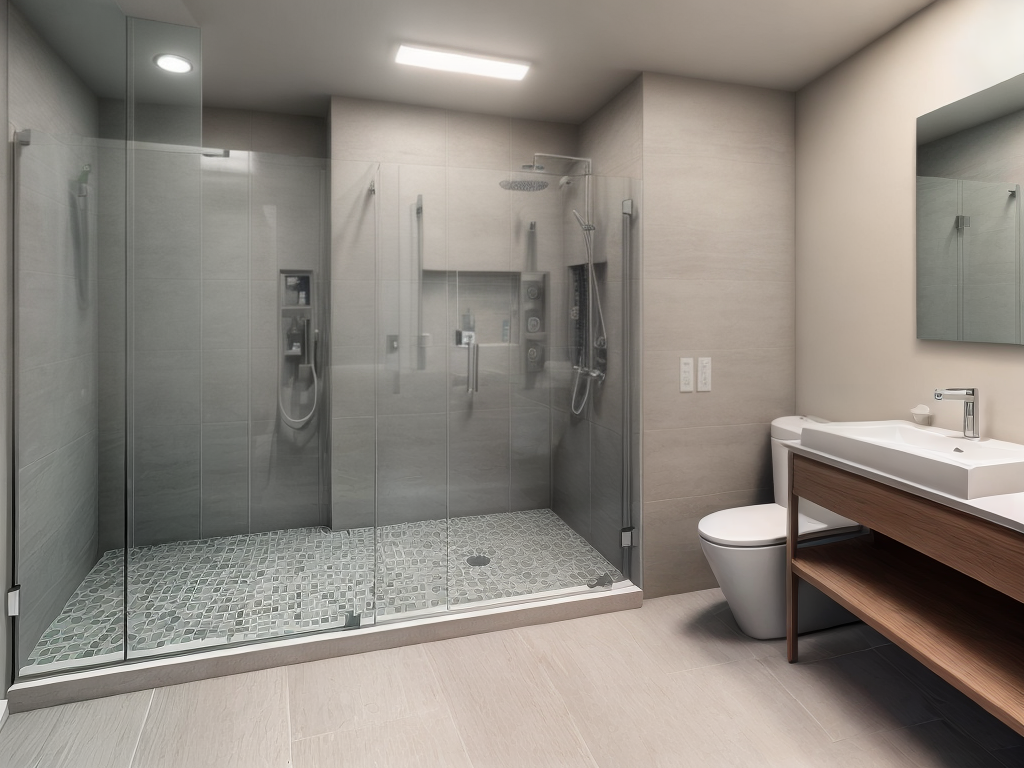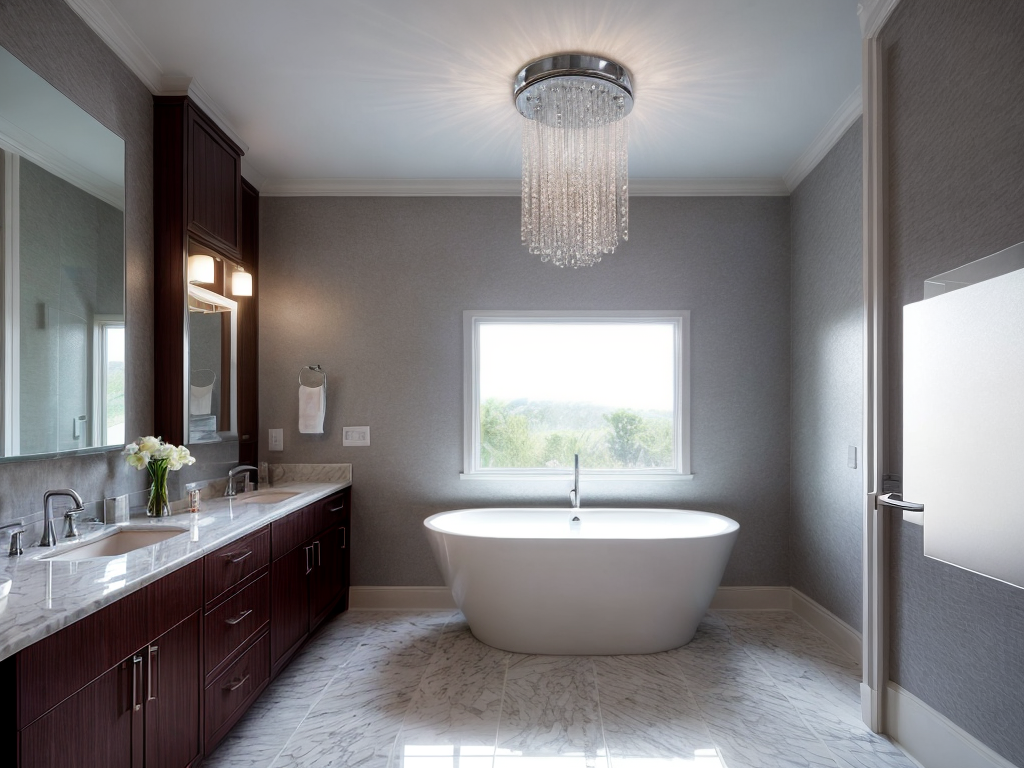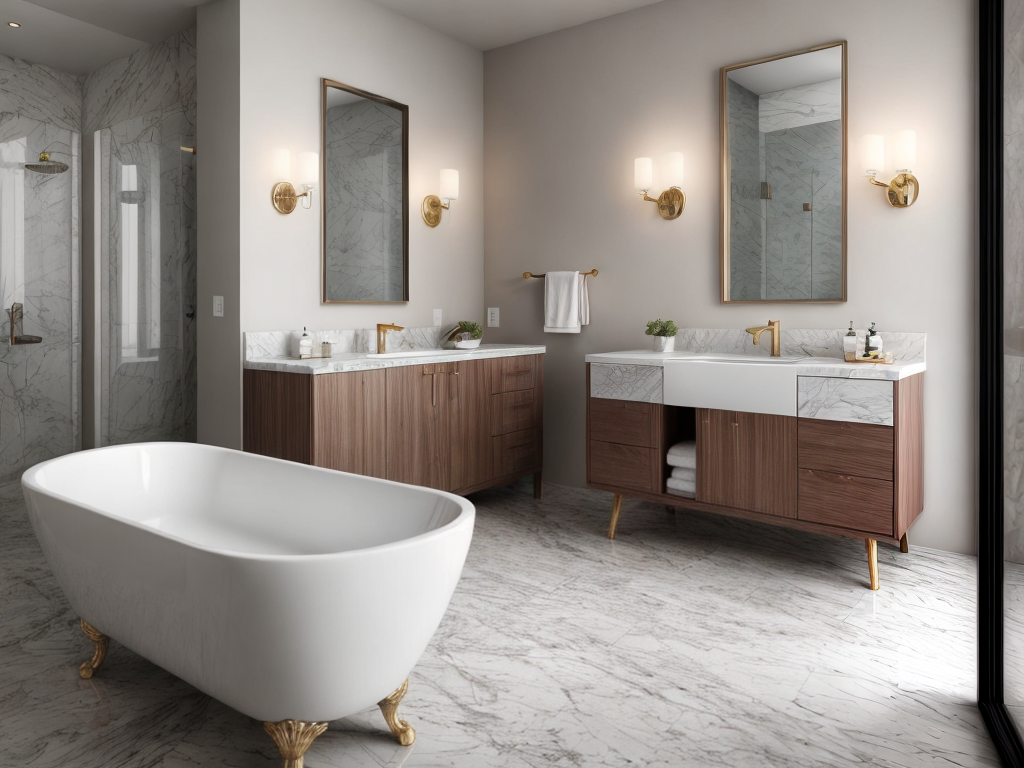In recent years, people have become more aware of the impact of their actions on the environment. As a result, many have started adopting eco-friendly practices at home, including in the bathroom. From water-saving toilets to energy-efficient lighting, there are many eco-friendly bathroom appliances available in the market. In this article, we will provide you with a comprehensive guide to eco-friendly bathroom appliances that can help you save money and reduce your carbon footprint.
Water-Saving Toilets
Toilets are one of the most significant sources of water use in a household. Installing a water-saving toilet can help reduce water consumption significantly. Traditional toilets use between 1.6 to 7 gallons of water per flush, while a water-saving toilet uses only 1.28 gallons per flush. That’s a water saving of up to 80% per flush!
There are two types of water-saving toilets: low-flow and dual-flush. Low-flow toilets use less water per flush, while dual-flush toilets have two buttons – one for liquid waste and one for solid waste. The liquid waste button uses less water, while the solid waste button uses more water.
Low-Flow Showerheads
Another significant source of water consumption in the bathroom is the shower. Traditional showerheads use up to 5 gallons of water per minute, while low-flow showerheads use only 2 gallons per minute. This is a water saving of up to 50% per shower!
Low-flow showerheads work by restricting the flow of water, which creates a high-pressure spray that makes showering just as enjoyable as with traditional showerheads. You won’t even notice the difference!
Energy-Efficient Lighting
Energy-efficient lighting is an excellent way to reduce your carbon footprint and save money on your energy bills. In the bathroom, you can switch to LED lights, which are more energy-efficient than traditional incandescent bulbs. LED lights also last longer than traditional bulbs, which means less waste in landfills.
Tankless Water Heaters
Traditional water heaters store hot water in a tank and keep it heated, even when you’re not using it. This results in a lot of wasted energy. Tankless water heaters, on the other hand, heat water on demand, which means they only use energy when you need hot water.
Tankless water heaters are more expensive than traditional water heaters, but they last longer and can save you money on your energy bills in the long run.
Low-Flow Faucets
Like showerheads, traditional faucets use a lot of water. Low-flow faucets use less water and are just as effective. They work by restricting the flow of water, which creates a high-pressure spray that makes washing your hands just as easy as with traditional faucets.
Upcycled or Recycled Bathroom Fixtures
If you’re renovating your bathroom, consider using upcycled or recycled bathroom fixtures. Upcycling is the process of repurposing old items into something new, while recycling is the process of turning waste into new products.
Upcycling and recycling bathroom fixtures can help reduce waste in landfills and save natural resources. For example, you can use old wine barrels as sinks or repurpose old doors as bathroom cabinets.
Composting Toilets
Composting toilets are a great eco-friendly alternative to traditional toilets. They don’t use water and turn human waste into compost. Composting toilets also don’t require a septic system, which means they’re ideal for remote locations.
Composting toilets can be expensive and require more maintenance than traditional toilets, but they’re an excellent eco-friendly option if you’re willing to invest in them.
Conclusion
In conclusion, there are many eco-friendly bathroom appliances available that can help you save money and reduce your carbon footprint. From water-saving toilets to energy-efficient lighting, there are many options to choose from. By adopting eco-friendly practices in your bathroom, you’re not only helping the environment but also saving money in the long run. So, go ahead and make the switch to eco-friendly bathroom appliances today!



